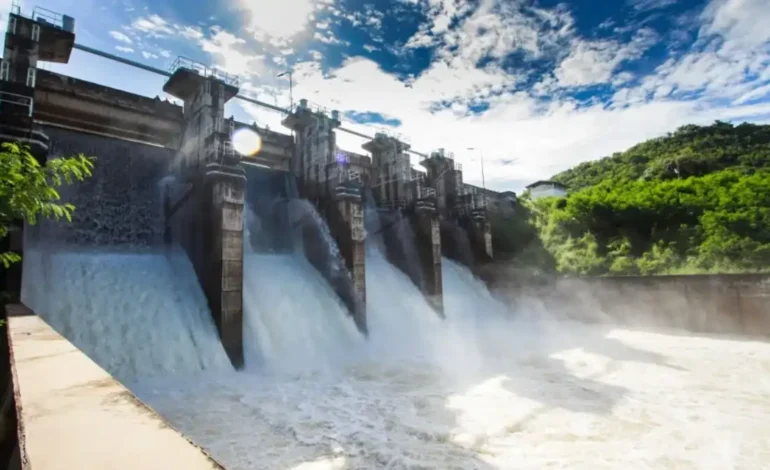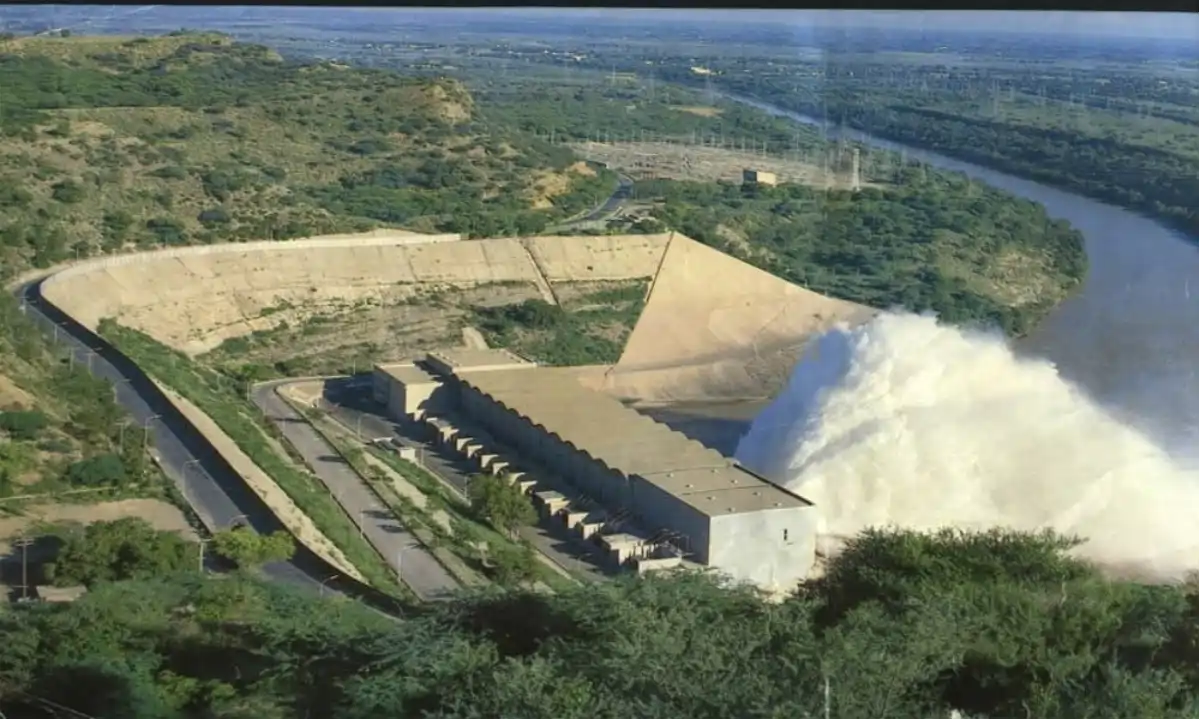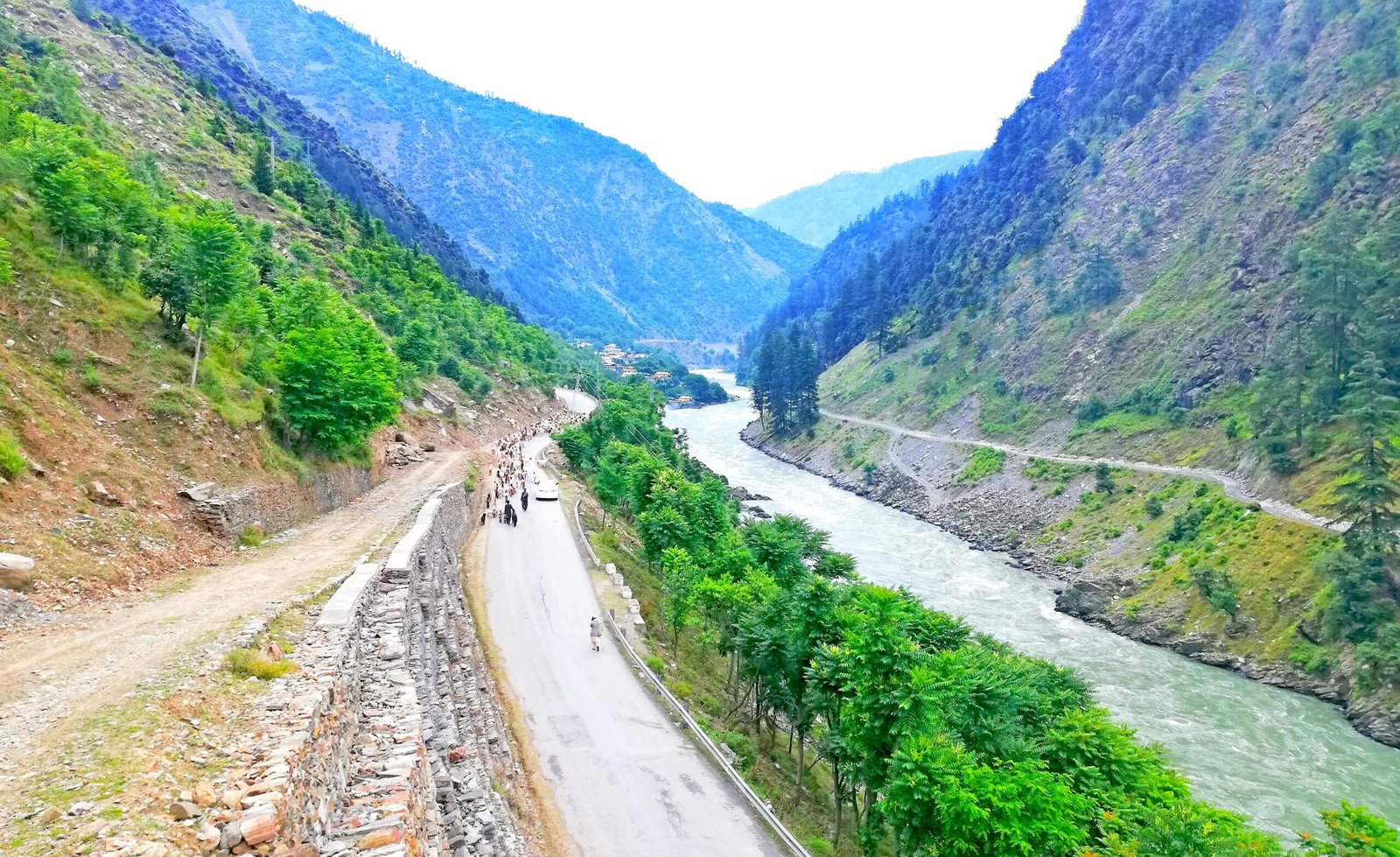
Mangla Dam: Using Nature’s Power to Fuel Pakistan’s Energy Future
Mangla Dam – A Pillar of Pakistan’s Future Located in the picturesque region of Azad Jammu and Kashmir (AJK), Mangla Dam stands as one of Pakistan’s most vital engineering marvels.
Mangla Dam – A Pillar of Pakistan’s Future
Located in the picturesque region of Azad Jammu and Kashmir (AJK), Mangla Dam stands as one of Pakistan’s most vital engineering marvels. Nestled on the Jhelum River, this colossal structure plays a crucial role in meeting the country’s growing demands for water and energy. But its significance goes beyond just providing power—it’s a lifeline for agriculture, flood control, and even local communities.
Since its construction in the 1960s, Mangla Dam has shaped Pakistan’s infrastructure and economy. Today, it continues to contribute to the country’s power grid while managing water resources for millions of people. However, like many large-scale projects, Mangla Dam’s history is marked by both achievement and challenges, particularly its environmental and social impacts. Let’s explore how this dam has become a key player in Pakistan’s growth, the efforts to overcome its challenges, and its promising future.
The Making of Mangla Dam: A Vision Realized
Pakistan conceived the possibility of the Mangla Dam in response to its earnest need for a reliable source of water and power during the 1960s. The nation was confronting developing requests for water systems in its rural heartlands and an extreme energy lack. The arrangement came as a monstrous multipurpose dam on the Jhelum Waterway, arranged in the stunning rugged scenes of Azad Kashmir.
They started development in 1961, and completed the dam in 1967. At that point, Mangla Dam was one of the biggest of its sort, with a level of 147 meters (482 feet) and a length of 3,140 meters (10,302 feet). It made an immense repository, the Mangla Supply, which traverses roughly 100 square kilometers and can hold up to 7.4 million sections of land feet (MAF) of water.
The dam was a great accomplishment of design, intended to meet the water needs of Pakistan’s horticulture while creating power through hydropower. With its consummation, the Mangla Dam represented Pakistan’s desire to saddle regular assets for the nation’s turn of events.

Mangla Dam’s Role in Power and Water Management
- A Lifeline for Agriculture
Agriculture is the backbone of Pakistan’s economy, and Mangla Dam plays a critical role in sustaining it. The dam’s primary function is to regulate the flow of water to the Indus Basin Irrigation System, one of the largest and most complex irrigation systems in the world. By storing water during the monsoon season, Mangla releases it gradually during dry periods, ensuring that crops such as wheat, rice, and cotton—key to Pakistan’s food security—are watered year-round.
For farmers in the arid regions of Punjab and Khyber Pakhtunkhwa, the water from Mangla Dam is crucial for maintaining crop yields. The steady water supply has helped Pakistan secure its position as a major agricultural producer.
- Powering Pakistan’s Future
Alongside its role in agriculture, Mangla Dam is also a powerhouse of energy production. With a hydroelectric power station built into the structure, Mangla generates electricity by harnessing the flow of water. When the dam releases water from its reservoir, turbines inside the plant convert the kinetic energy of flowing water into electrical power.
Initially, the Mangla Power Station had a capacity of 1,000 MW, making it one of the largest hydropower stations in the country. Today, after several upgrades, the station’s capacity has increased to 1,150 MW. This boost in power generation is crucial as Pakistan continues to grapple with energy shortages and increasing demand for electricity.
Mangla Dam provides clean, renewable energy, reducing the country’s reliance on costly and polluting thermal power plants. It’s a vital part of Pakistan’s efforts to move towards more sustainable energy solutions.

Environmental and Social Challenges
While Mangla Dam has brought substantial benefits to Pakistan, its construction came with significant environmental and social challenges, particularly in Azad Kashmir.
- Environmental Impact: A Submerged Landscape
The creation of the Mangla Reservoir led to the flooding of vast tracts of land, including forests, agricultural land, and wildlife habitats. While the reservoir itself brought benefits in the form of water storage and hydroelectric power, it also destroyed ecosystems. The loss of forests and wildlife has had long-term environmental consequences, and efforts to restore biodiversity have been ongoing.
- Social Impact: Displacement of Communities
One of the most significant consequences of the dam’s construction was the displacement of thousands of families from the areas that were submerged. The creation of the reservoir submerged entire villages, forcing locals to relocate. Many people lost their homes and livelihoods, as agriculture was their primary source of income.
Despite resettlement programs and compensation packages, the displaced communities faced numerous challenges in rebuilding their lives. While the region has made strides in recovery, the social and economic impact on these communities remains a pressing issue. The government continues to address these challenges with rehabilitation efforts aimed at providing alternative livelihoods and improving infrastructure for relocated families.
Rehabilitation and Enhancing the Dam’s Capacity
Recognizing the importance of Mangla Dam for the future of Pakistan’s energy and water management, the government has undertaken several projects to improve its infrastructure and enhance its capacity.
- Raising the Dam: Increasing Storage and Power Generation
In 2005, the public authority sent off the Mangla Dam Raising Undertaking, a critical recovery effort pointed toward expanding the dam’s level by 30 feet. The venture was finished in 2012, and subsequently, the capacity limit of the supply expanded to the north of 10 million sections of land feet (MAF), considering better water guidelines and expanded power age.
This expansion not only improved the dam’s ability to support agriculture but also bolstered its contribution to Pakistan’s power grid. The project also required the resettlement of additional families, as higher water levels impacted surrounding areas. Efforts were made to compensate and provide support to those affected by the rising waters.

Looking to the Future: Ensuring Sustainability
As Pakistan faces increasing water and energy challenges, Mangla Dam’s role will continue to be crucial. The government is focused on improving the dam’s technology, maintenance, and capacity to meet future demands. Additionally, there is a growing emphasis on using modern irrigation techniques to minimize water wastage, ensuring that every drop of water stored in the dam is used efficiently.
Continuous expenditures in the dam’s maintenance would help protect the area from catastrophic floods because of its critical role in flood management, particularly during Pakistan’s monsoon season. Mangla’s capacity to control water flow is essential for preventing flood damage, which has been a persistent problem throughout Pakistan’s history, in places downstream.
The Future of Mangla Dam: A Powerhouse for Pakistan
Mangla Dam is substantially more than simply a dam; it’s a foundation of Pakistan’s energy, farming, and water board procedures. Throughout the long term, it has demonstrated its worth by giving dependable water to water systems, producing environmentally friendly power, and controlling floods. Notwithstanding, the difficulties it brought to the neighborhood networks and climate are critical and require proceeding with consideration.
The fate of Mangla Dam is brilliant, because of continuous restoration endeavors and headways in innovation. With cautious administration, further speculations, and modernization, Mangla will stay an indispensable resource for Pakistan’s manageable turn of events. A life saver will keep on controlling the country for a long time into the future, guaranteeing that Pakistan stays versatile even with water shortage, energy deficiencies, and natural difficulties.
As the locale of Azad Kashmir keeps on creating, Mangla Dam remains an image of progress, tackling nature’s ability to get a superior future for individuals of Pakistan.








